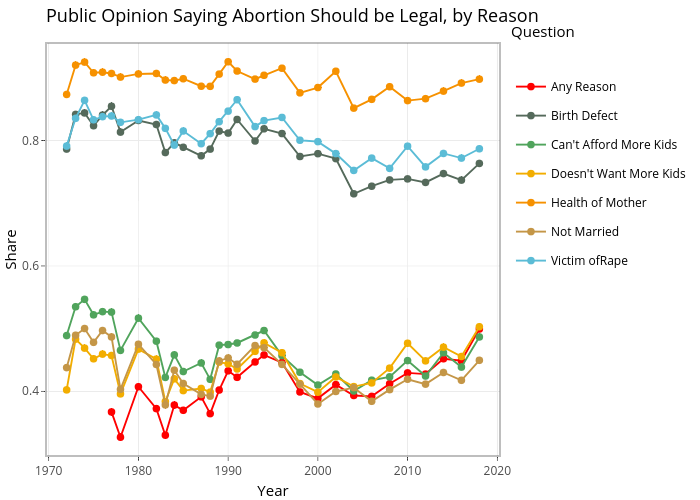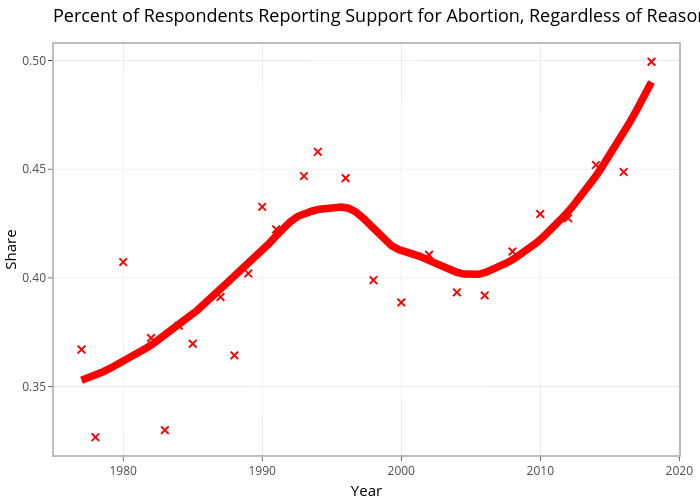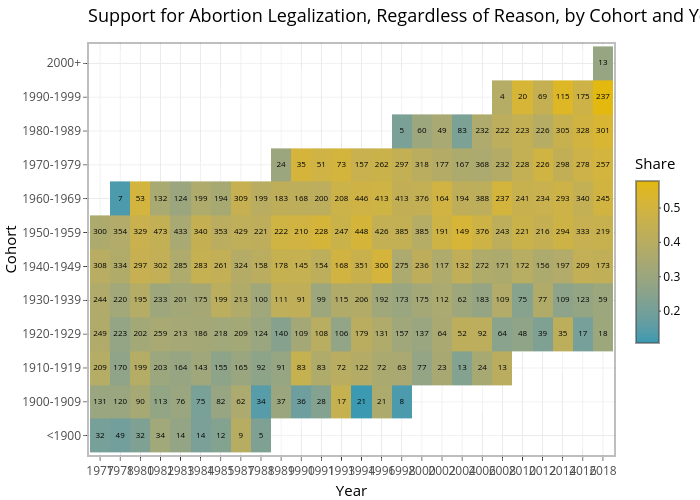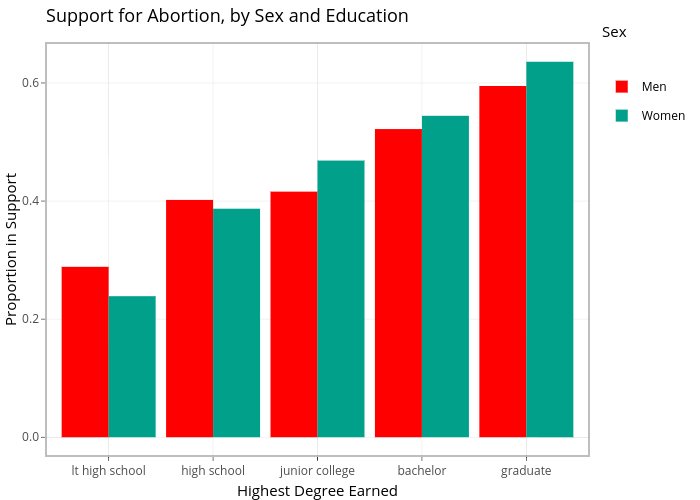Abortion Rights Are More Popular Than You Think
Don't let the slate of new anti-abortion bills fool you — support for abortion rights has actually increased in the last decade. Defeating these draconian measures will mean defeating the elite minority that imposes them.
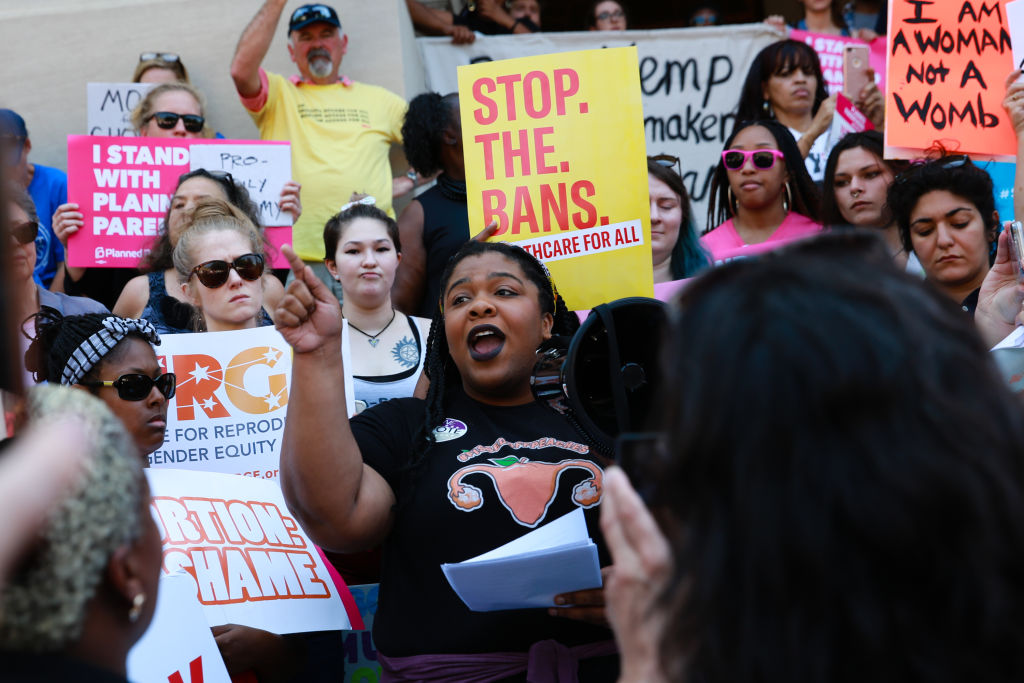
A woman speaks during a protest against recently passed abortion ban bills at the Georgia State Capitol building, on May 21, 2019 in Atlanta, Georgia. Elijah Nouvelage / Getty Images
The return of anti-abortion politics to the national agenda in recent weeks has caught many by surprise. One wouldn’t think, after all, that “family values” would be the metier of the Republican Party of Donald Trump. But the alliance between conservative evangelicals and corporate oligarchs that has been so central to US politics for the last three decades has held solid, as shown by the passage of so-called “fetal heartbeat” bills in Kentucky, Alabama, Georgia, Mississippi, and Ohio. The bills, which criminalize abortion after six weeks of pregnancy (before many women even know they are pregnant), effectively ban abortion while imposing truly draconian penalties.
The coordinated push for the bills, accompanied by Trump’s grotesque pantomimes about supposed post-natal infanticides, have caught many liberals off-guard. The New York Times portrayed this as a new stage in the abortion debate, where liberals are pushed on the defensive by the torrent of lies being spread by anti-abortion forces.
Yet what is most striking about these bills’ place in the abortion debate isn’t their popularity, but rather the opposite: public opinion polling reveals little support for restrictions of this nature. As Eric Levitz has argued, the “heartbeat” bills, along with much of Trumpism, are the product of a “tyranny of the minority,” in which the United States’ anti-democratic political institutions persistently deliver policies that are out of step with majority opinion. Along similar lines, Ari Berman has written that the bills are, in part, the bitter fruit of racial gerrymandering that has delivered disproportionate Republican majorities in many state legislatures.
It’s worth examining public opinion itself a little more closely, however, as it reveals some interesting dynamics that should inform our struggle to defend abortion rights. To do this, I looked at the General Social Survey, one of the longest-running consistent question sets, which is administered to two to three thousand Americans every other year. The GSS has asked respondents since the late 1970s about whether abortion should be legal in seven different circumstances: when the health of the mother is threatened; when there’s a birth defect; when the mother is a victim of rape or incest; and when she doesn’t want more children, because 1) she can’t afford more children 2) she’s not married, or 3) for any other reason.
Public opinion shows a clear pattern here. Public support for three reasons — health of the mother, birth defect, or rape — has topped 70 percent for the entire duration of the survey. The other four reasons have all been under 50 percent since the 1980s. In other words, the public overwhelmingly supports legal abortion for reasons related to some kind of outside tragedy, while being considerably more skeptical about reasons stemming from women’s basic right to make choices determining how they wish to live their lives.
The graph also reveals an interesting structure over time, with support for all seven reasons at their highest in the mid to late 1970s, when the women’s movement was at its peak. Though it’s tempting to think that opinions simply evolve on social issues like abortion, it’s clear that the level of support for abortion rights is at least partly a function of the level of social struggle for abortion rights.
To see this more clearly, it’s worth focusing on just one of the questions. The abortion-for-any-reason question is an ideal choice, since if the answer is yes, the answer to all the others should be yes as well. In other words, it’s an effective “floor” to measure support for abortion. The GSS didn’t begin asking this question until 1977, so the coverage doesn’t go as far back as some of the others. Also, since a question like this shows a lot of year-to-year variation, I’ve graphed a smooth line that averages out support over a couple of years to show the trends more clearly.
Looking at this graph, what’s most striking is the rise in support for abortion rights since the early 2000s. From a low of about 40 percent during the George W. Bush administration, support for legal abortions for any reason a woman wants is now at 49 percent, statistically indistinguishable from the share of people saying they oppose it. In other words, not only are the fetal heartbeat bills out of odds with public opinion, they are also clearly against the trend of public opinion, which has become markedly more pro-choice in the last decade.
How this change happened is an open question. Broadly speaking, there are two potential explanations. Most obviously, people simply changed their minds. But it’s also possible that what we’re seeing is that older, more socially conservative respondents are dying out, and being replaced by younger, more liberal respondents.
We can see which process seems to be occurring by estimating levels of support with respect to both birth cohort and year of the survey. In this graph, yellow indicates support for legal abortion for any reason a person chooses, while blue stands for opposition. I’ve also included the number of observations used to generate each estimate, since some of them (for example, people born before 1900 in surveys administered in the late 1980s) are quite small, and thus the estimates should be taken with a grain of salt.
The graph reveals that both processes have been taking place. Younger cohorts are clearly more likely to back abortion rights in any given year, and there are also changes in cohorts over time. Most encouragingly, those born in the 1990s registered the highest level of support over the entire period in 2018, with almost 60 percent saying they favor abortion rights regardless of the reason.
All of this suggests that the problem confronting the abortion rights movement isn’t primarily one of convincing people to back abortion rights. It’s not a question of framing or messaging. Instead, what we face is a familiar political problem for the Left: how to mobilize against anti-democratic institutions. That’s a question of politics — of what forms of struggle will be most effective, what kinds of institutions and forces we can look to for solidarity, and what kinds of institutions will likely be barriers in that fight. Arguments over these questions are already happening, and many more will be needed to build the kind of movement the moment calls for.
Here as well, public opinion data points to patterns that will be useful for formulating strategy. For example, while claims of a “gender war” are an easy way to frame abortion politics, public opinion on abortion is actually less divided by gender than many other policy issues. What’s more striking are the intra-gender patterns, as seen in the following graph (which looks at support, for any reason, by gender and education).
While women with a high school diploma or less are more pro-life than men, the pattern reverses at higher levels of education, where women are more supportive of abortion rights. Education has a stronger effect on women’s opinions on abortion than on men’s.
Why might this be the case? One answer has been suggested by the socialist feminist historian Stephanie Coontz. In an interview shortly before the 2016 election, commenting on why some women support Trump despite his obvious misogyny, Coontz argued:
Women with more social, economic, or educational capital are much more likely to support the activities of women making their own way in the world, to be proud when they see powerful women who stand up or who are getting ahead of men in any way, and they’re also much more open to supporting social policies that reward individual initiative even if they know that it’s not always rewarded equally.
Women with less economic or personal autonomy are often drawn to a culture of family values that emphasizes men’s responsibility to look after women. Women who have a shot at achieving or competing on their own emphasize equality, supporting the kind of policies that make it possible for them to move up in their jobs and combine work and family.
Women who want to be protected in the private sphere or need to be protected in the private sphere tend to emphasize the need to protect and privilege women’s special capacities for nurturing. I think it’s a big factor in the debates over contraception and sexuality and abortion. The flip side of women having all these freedoms from male control, they believe, is that it actually threatens women’s entitlement to male protection.
If education can serve as a proxy for life chances, Coontz’s explanation fits the data well. For women on the lower end of the labor market, toiling at dead-end jobs that barely pay the bills, the ideal of stay-at-home motherhood can seem a lot more attractive than for college-educated women, who would be giving up a lot more by giving up work. Laws that enhance women’s autonomy by enabling them to have social roles beyond motherhood can easily appear as the devaluation of motherhood to those that lack access to other attractive social roles.
Of course, the brutal irony is that working-class women also need abortions, and it is their access that will be most threatened by these bills. The Atlanta-area engineer facing an unplanned pregnancy has far more options for securing an abortion than the home health aide in rural Georgia. What the polling suggests, however, is that even though working-class women need abortion access the most, there are powerful structural counter-forces pushing in the opposite direction.
What’s needed, then, is not just a fight around abortion rights. The social structure of contemporary capitalism generates such horrible inequality that for many women at the bottom of the labor market, dependency on male breadwinners is actually a relatively attractive option. So the fight for abortion rights must be combined with fights for universal social policies.
Ultimately, this is part of why the struggle for abortion rights is not a side project for socialists. Our moral vision is one in which liberation means freedom from unjust, coercive dependencies, whether that is the dependency of workers on their boss for their livelihood, or of women on men because the state prevents them from controlling their fertility — and their lives.
